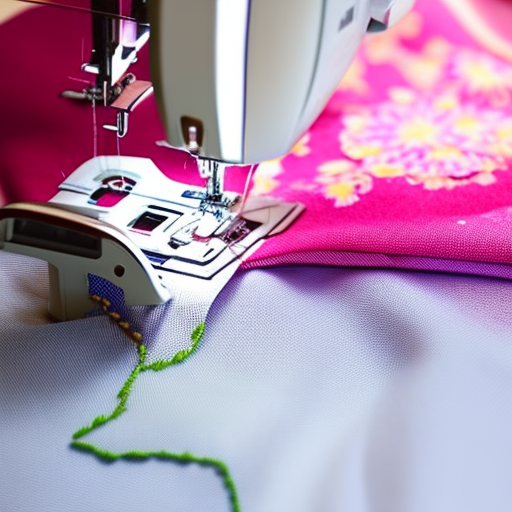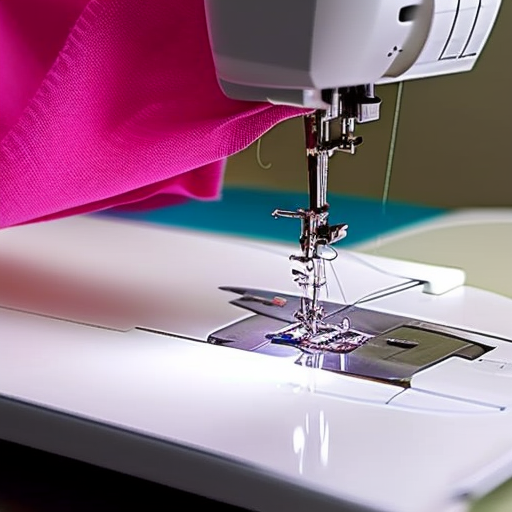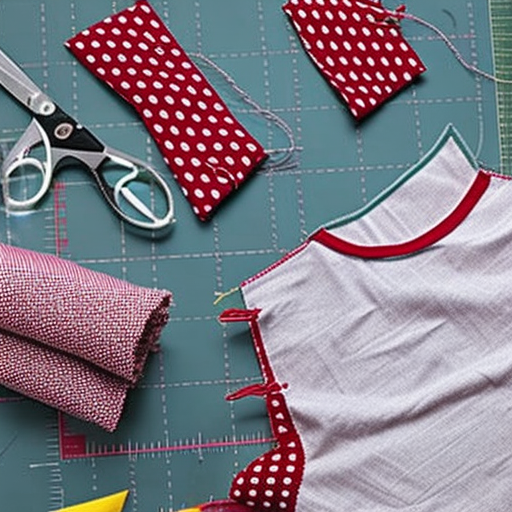
Introduction to Sewing
Learning to sew can be an exciting and rewarding experience. Whether you want to create your own clothes, alter garments to fit perfectly, or simply indulge in a fun and creative hobby, sewing allows you to express your individuality and unleash your imagination.
Getting Started: Essential Tools
Before diving into the world of sewing, it’s important to have a few key tools at your disposal:
- A sewing machine (if possible): While it is possible to sew by hand, a sewing machine makes the process faster and more efficient. Starting with a basic, user-friendly machine is often recommended for beginners.
- Needles and threads: Invest in a variety of sewing needles, including hand-sewing needles and machine needles. Additionally, stock up on threads in various colors.
- Fabric scissors: Look for a pair of sharp, ergonomic scissors specifically designed for cutting fabric. Keep them separate from your regular household scissors to maintain their sharpness.
- Pins and pincushion: Pins help secure fabric in place during sewing, and a pincushion keeps them organized and easily accessible.
- Measuring tools: A measuring tape, ruler, and pattern-making tools are essential for accurate measurements and pattern creation.

Learning Resources
Once you have your sewing tools ready, it’s time to explore the vast array of learning resources available:
- Local sewing classes: Check if there are any beginner sewing classes available in your area. Learning in a classroom setting can offer hands-on guidance and interaction with experienced instructors.
- Online tutorials: The internet provides an abundance of free and paid sewing tutorials, ranging from basic stitches to advanced techniques. Websites, blogs, and video platforms like YouTube are excellent sources to learn at your own pace.
- Books and magazines: Sewing books and magazines offer in-depth explanations, step-by-step instructions, and inspiring project ideas. Explore titles from reputable authors and publications to enhance your skills.
- Community groups: Joining local sewing or crafting groups allows you to connect with fellow sewists, share knowledge, and participate in sewing challenges or events. The supportive community can offer valuable advice and encouragement.

Start Small, Practice Often
When beginning your sewing journey, start with small and simple projects to build confidence and hone your skills. Potholders, pillowcases, or tote bags are great beginner projects. As you progress, gradually take on more complex garments or home decor items.
Remember, practice makes perfect. Set aside dedicated time for sewing regularly, even if it’s just for a few minutes each day. Consistency will improve your technique and speed, transforming you into a skilled sewist.
Conclusion
Sewing is a wonderful craft that offers both practical and creative opportunities. With the right tools, learning resources, and regular practice, you’ll soon be able to bring your sewing project ideas to life. So, grab your tools and embark on this fulfilling journey of self-expression through the art of sewing.





I’d start with making a simple fabric bag.
Claire Dazzle: Take a class or get a beginner’s sewing book – both are great resources!
Thanks for the helpful tips, Gary and Claire! If you want to start sewing, there are lots of great beginner-friendly projects out there that allow you to practice the basics of stitches and techniques – you can make a pillow, a simple skirt, or even a tote bag! Starting small and simple is key, so take your time as you learn and be sure to have fun!